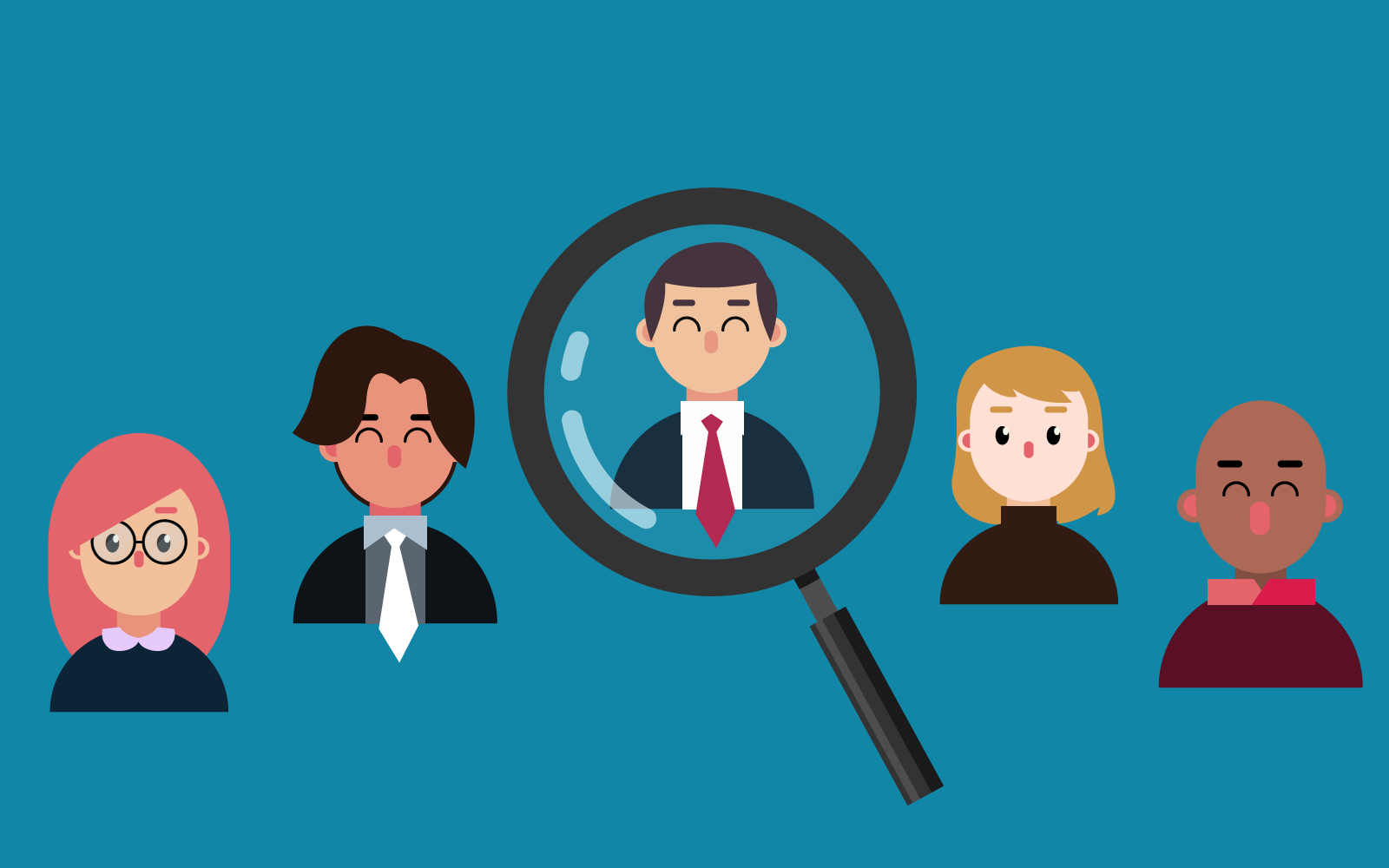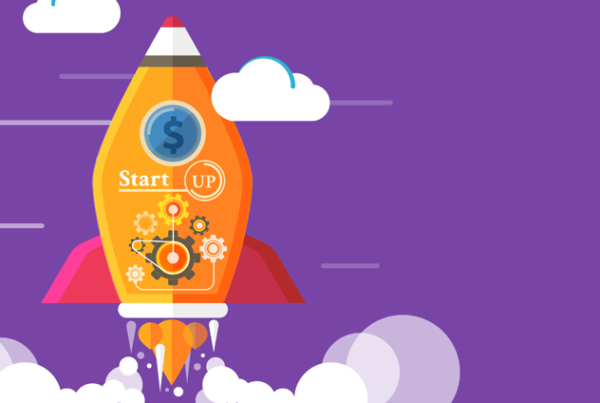In the age of the internet, business success is now measured in big data and analytics. The knowledge you have is the thing that will separate you from your competitors. If you are planning for a startup in the B2B market, you should know that there’s a reasonably steep hill to climb right from the beginning but. A startup cannot acquire the same volume of data that more established competitors already have collected but the rise can be easy if you know the startup guide to creating an ideal customer profile.

Instead, you must prioritize which kinds of data will be the most valuable as you begin operating. This way you can make the most significant advantage of what you collect initially. In most of the cases, the data that’s most useful to a startup in its early days is the information needed to build complete customer profiles.
What is a Customer Profile?

An ideal customer profile is a thorough outline or a description of your startup plans that explains who to sell your products and services to, and not how you intend to do so. A customer persona is used to direct customer relationship efforts and deepen connections. In short, an ideal customer profile instead defines who you want to come forward as a client, while a customer persona is a representation of who they are.
It is important to understand what data you need to collect on new customers so you can standardize that process throughout your organization. Without building a customer profile, your sales, marketing, and product development teams might focus on the different target customers and may put the business at risk.
Setting the Right Standards
When you begin to develop an ideal customer profile, different parts of your organization may have different ideas of who you should be targeting. It is important that everyone in your team comes to a common ground and arrive at a customer definition. The ideal customer profile must meet the following conditions:
- Clarity and Specificity: Your ideal customer profile must be easy for anyone to understand.
- Data Connected: It is necessary to make sure that the profile you create can be connected to actual customer data and not only on theory.
- Universal Application: Your ideal customer profile should be diversely compatible will all relevant business systems.
Gathering Initial Data

It is useful to use whatever customers you already have to guide you. Start by knowing your existing customers are spending the most money on your products, and see how many of them gave positive feedback. This can give you some clarity about who is getting the most value from your products and leave you with a list of customers that will help you in the next steps of the process.
After you have prepared the final list, the next step is to document some meaningful information about your customers. Make a note of the following for each customer:
- Location
- Industry
- Company size
- Number of individual contacts within the company
- Annual operating budget
If you are having any difficulty finding out the information you need, contact your customer and set them as your ideal customer. If they are happy with your products and they know that you will serve their needs in the future, they will certainly help you.
In the conversations that you’ll have with your customers, you should try to find out as much as possible about why each customer is associated with your firm. Ask questions such as:
- Where did your customer come to know about your company?
- What comments they have, if any, about their dealings with your company?
- Who within their company has the final say on purchases?
- What they are using your products for?
- How well your products meet their needs?
- What related business needs they have that your company doesn’t satisfy?
With the answers collected, the next step is to compile all of the data and look for common traits between your best customers. Once you’ve worked that out, you’re ready to create a picture of your ideal customer.
Creating Your Ideal Customer Profile
Once you reach this point, creating an ideal customer profile is a simple matter of listing your conclusions on one that is easy-to-understand.
Your listing should contain these specific terms:
- The industry your startup is targeting
- Their average budget
- The average business size
- The most common way potential customers find your firm
- The geographic region where they’re located
- The top three reasons customers use your product
- What specific needs your products meet
- The average size of the decision-making chain (how many people are involved in each purchase)
- Why your ideal customer would choose you over the competition
How to Use Your Ideal Customer Profile

After you have created your ideal customer profile your startup should orient its sales, marketing, and product development efforts to satisfy the ideal customer you have defined. It can also be used as a template in terms of what information to collect from every potential customer as you make contact with them. It can also guide your marketing research as you try to identify new leads.
This will help you find out the exact types of customers that are likely to establish long-term relationships with your company. This can set you on the path toward collecting usable customer data which can help you to build the aforementioned customer personas and feed your efforts at personalization.
As your business grows, the profile of your ideal customer will change with it, so you are going to have to reevaluate this process at regular intervals to make sure that your ideal customer profile.
If you are having trouble creating an ideal customer profile for your startup, Digital Presence today can help you gather initial data and set the right standards to improve customer relationship and deepen connections. To understand more about ideal customer profile visit www.digitalpresence.today.









